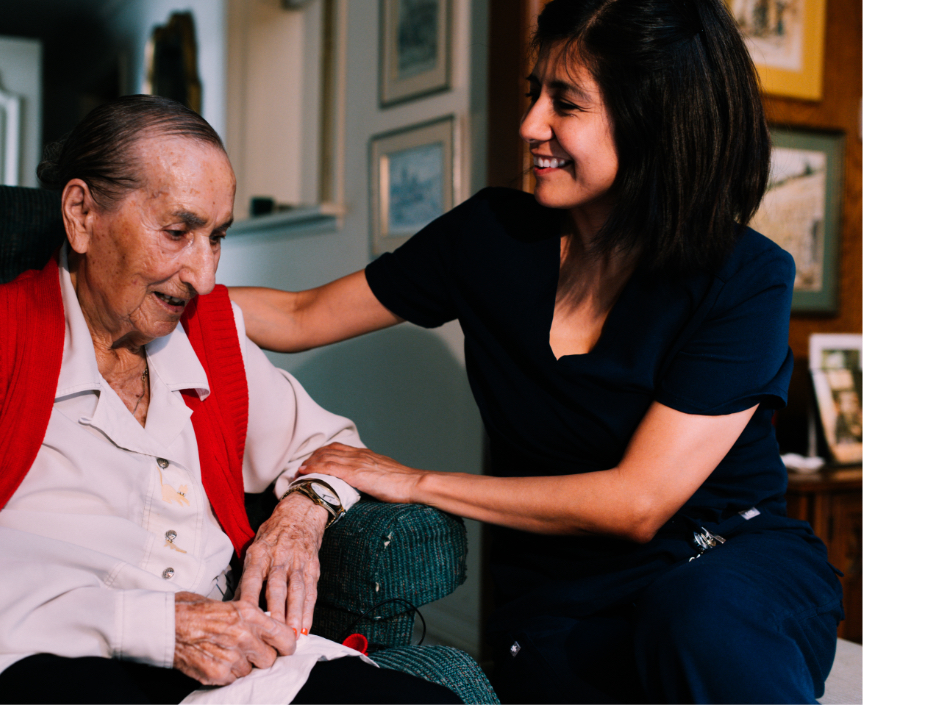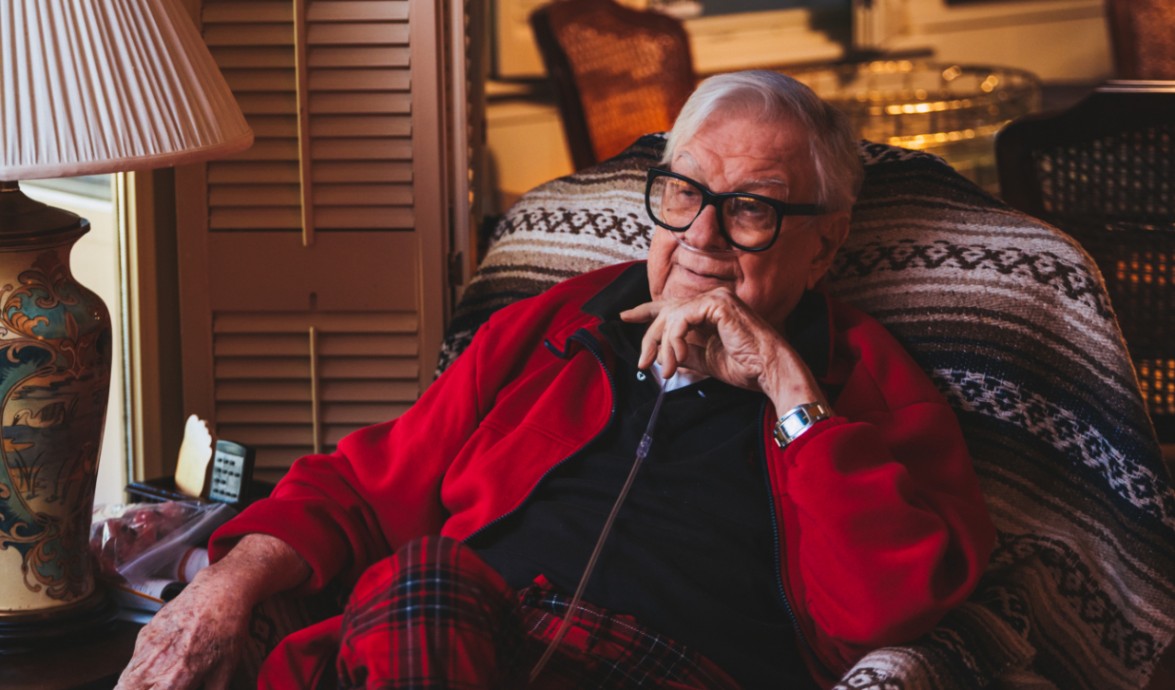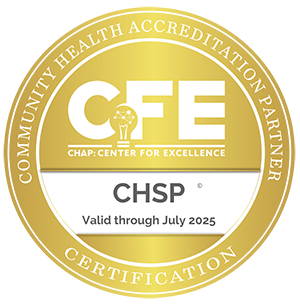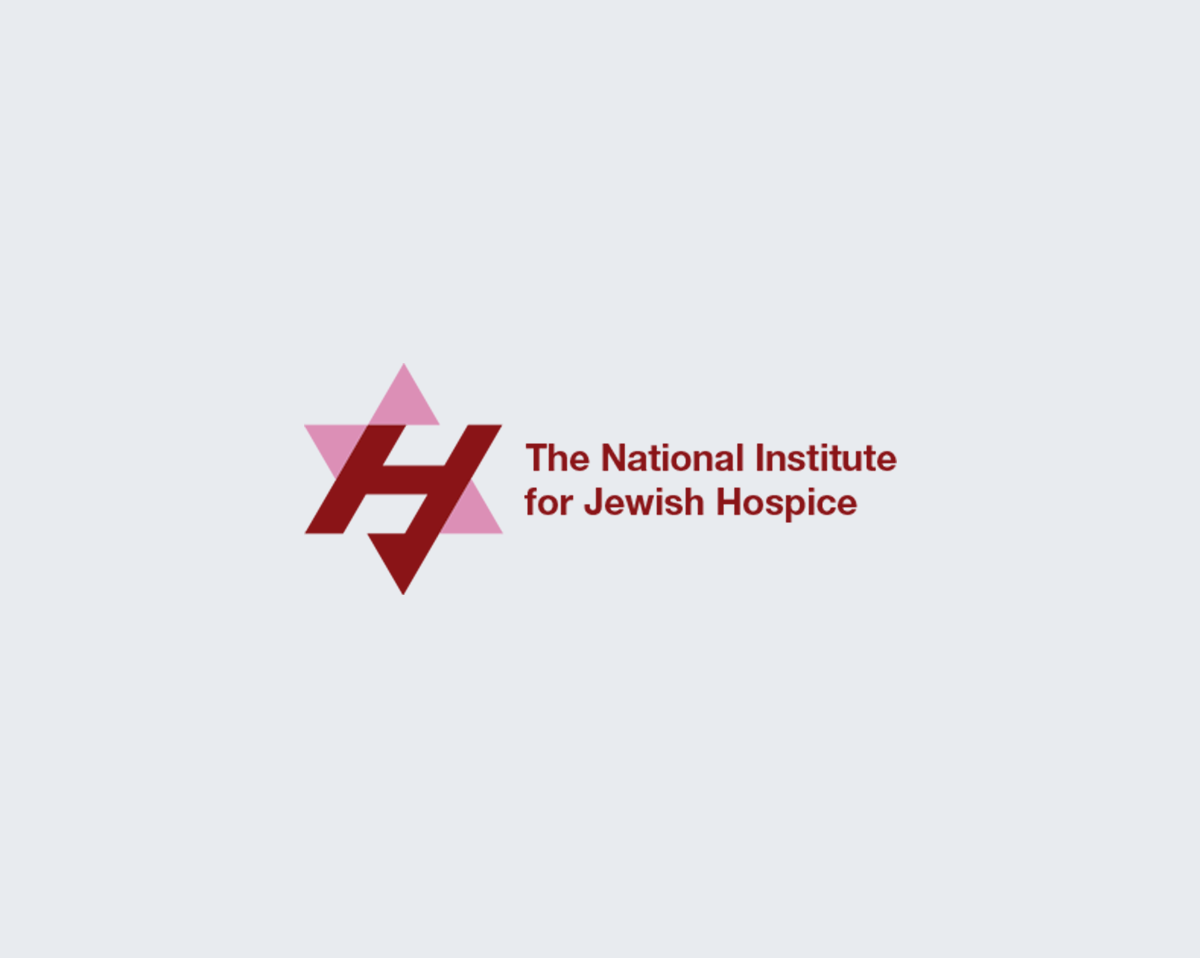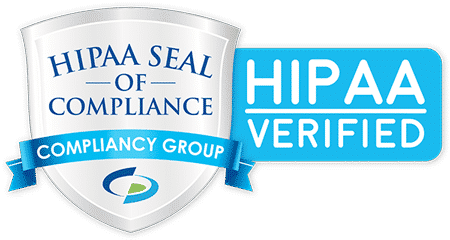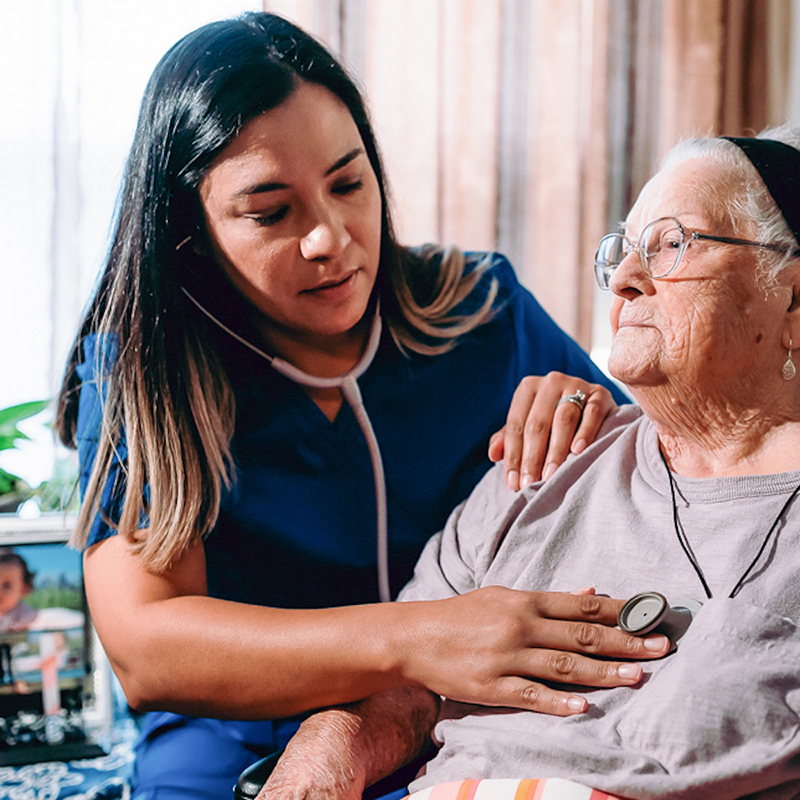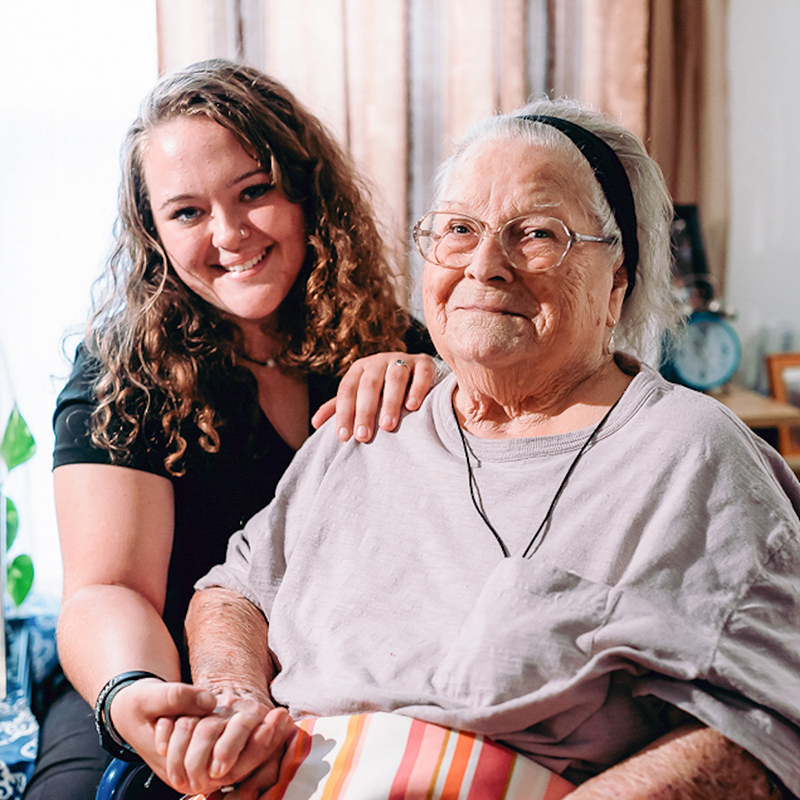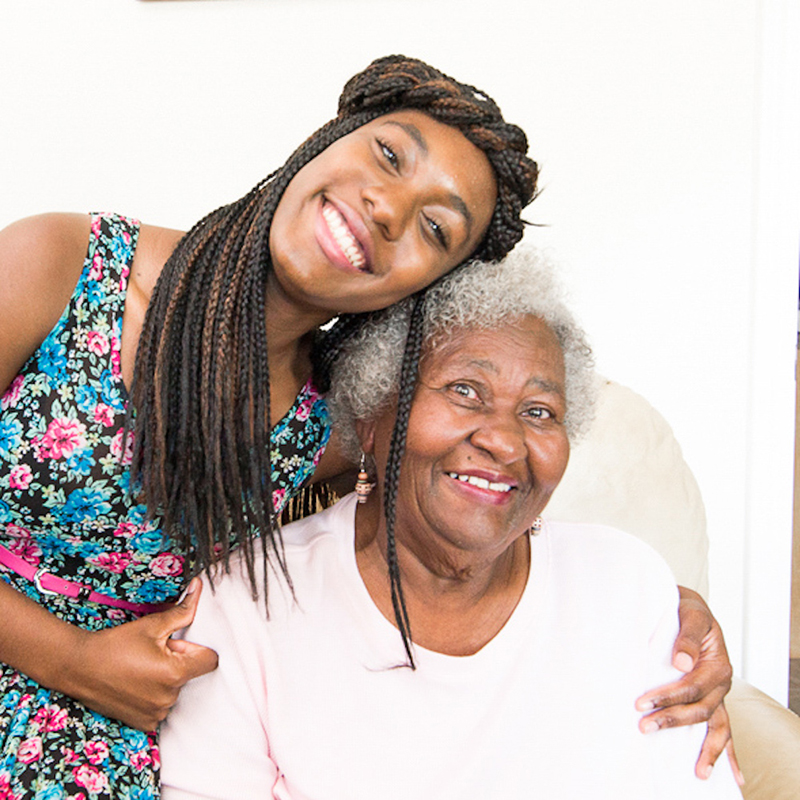Patient-Centered Care
The Visiting Nurse Association (VNA) is the first nonprofit and most experienced and trusted hospice care provider in North Texas. Our team is patient-centered and focused on ensuring patient goals are developed and coordinated with great care.
Since 1978, our experienced care team has been and continues to be one of the most sought after in the region. VNA participated in the Medicare pilot establishing the hospice benefit still available today.

